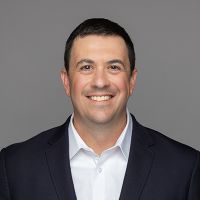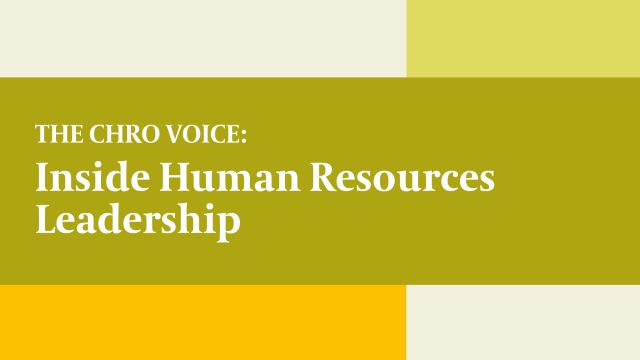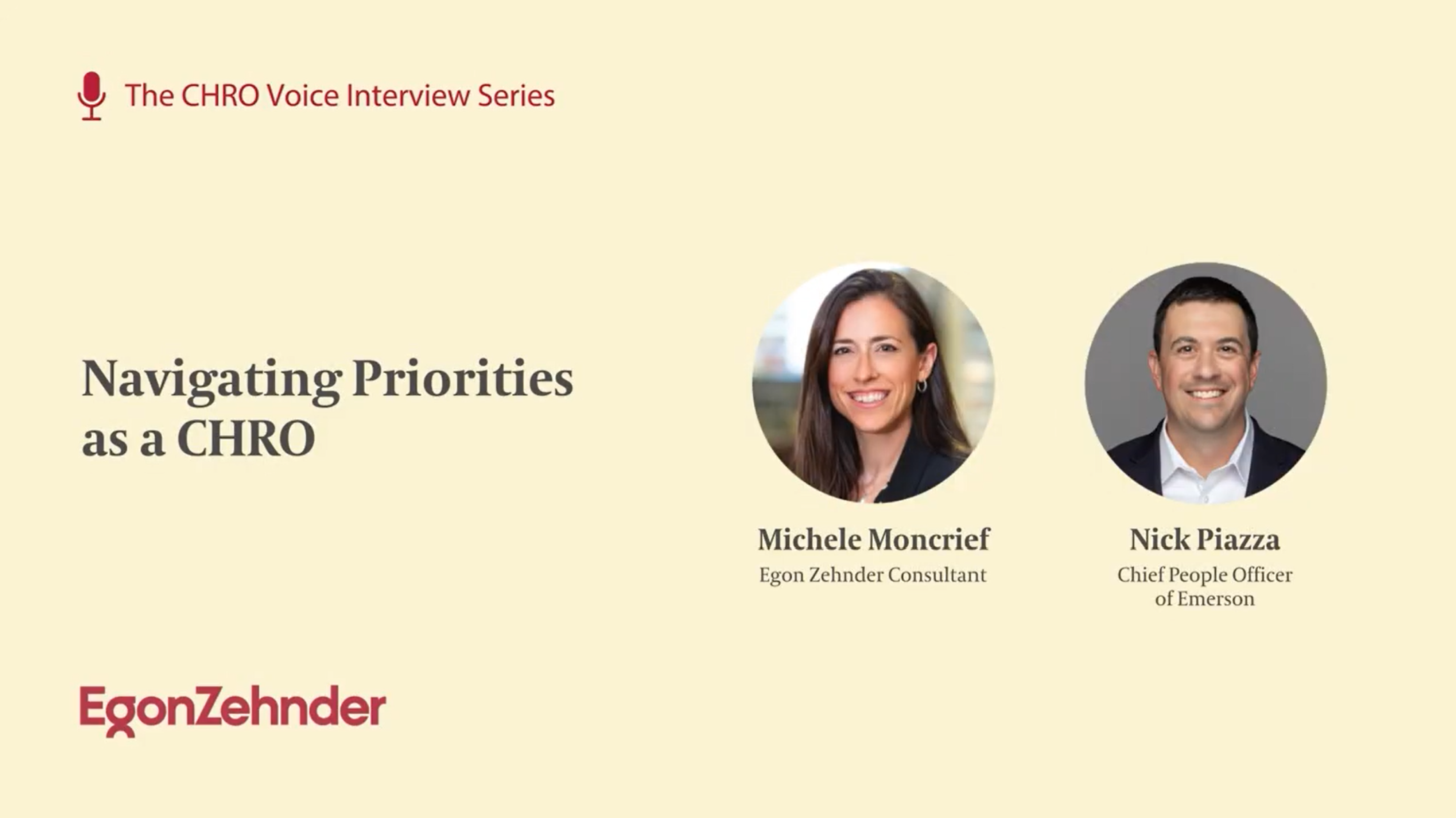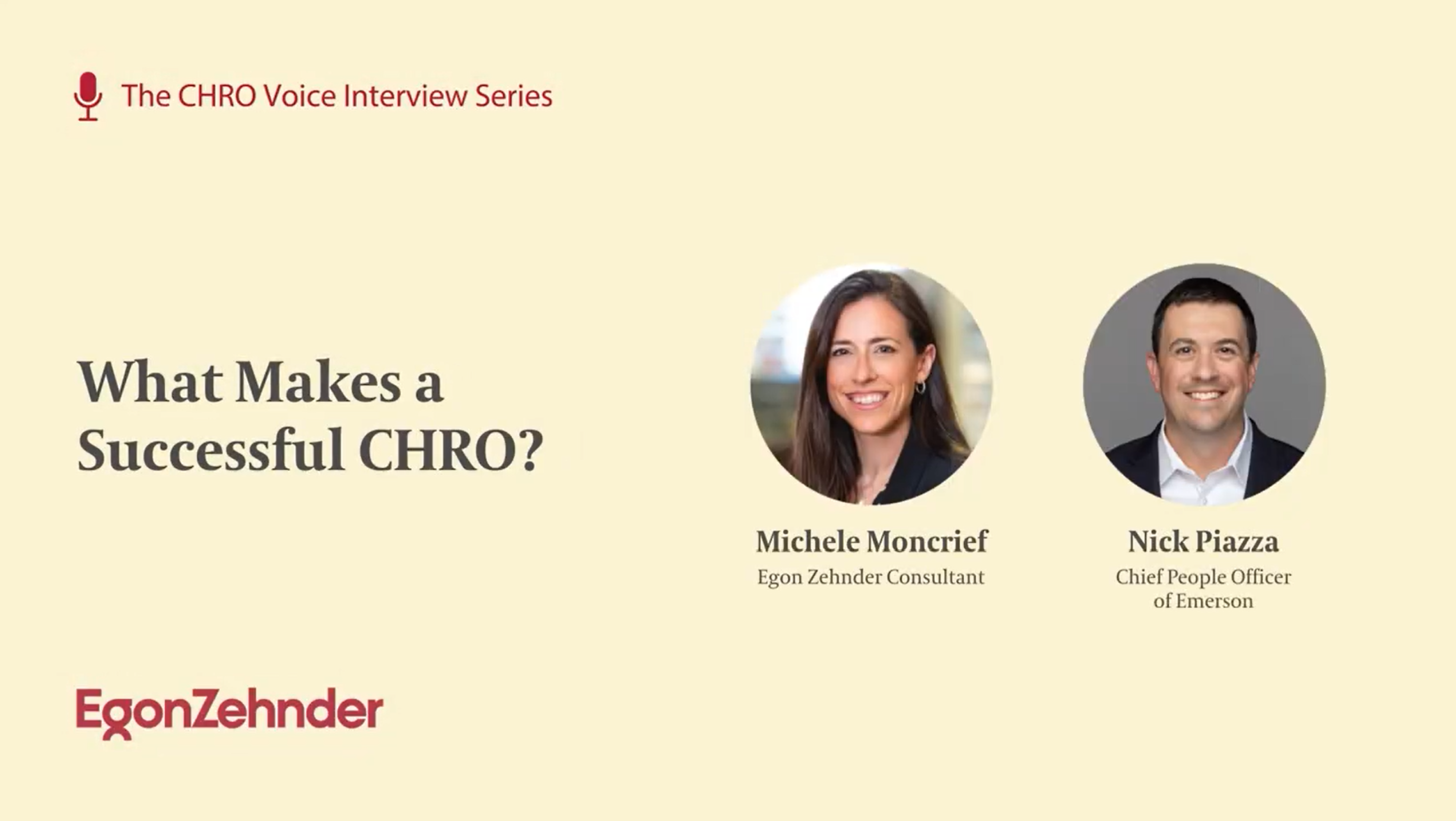There's no shortage of things you could be working on as a CHRO, so understanding the multifaceted dimensions and aligning priorities across the chain of command is crucial. At the core, we have the duty and responsibility to build a sound, capable functional organization.
 Nick PiazzaSenior Vice President and Chief People Officer of Emerson
Nick PiazzaSenior Vice President and Chief People Officer of Emerson
At Emerson, talent management and employee engagement are at the forefront of driving value creation. We recently spoke with Nick Piazza, the company’s Senior Vice President and Chief People Officer, to gain insights into how he and his team are addressing these priorities.
Nick discussed the importance of aligning critical roles with strategic execution, the use of technology to enhance employee engagement, and the evolving responsibilities of the CHRO. He also shared his approach to C-level succession planning and the leadership qualities essential for success in today's dynamic business environment.
What are the biggest talent management and employee engagement priorities that you're seeing, and how are you addressing them?
Talent management is one of the most influential levers of value creation. At Emerson, a few key areas come to mind:
The first is driving better alignment to roles critical to strategic execution and their health within the company. We recently re-architected a key part of our management system to assess that and understand how many of those critical roles overlap against our best talents. In a company with 70,000 people, having that intelligence dashboard is crucial to place the best people in roles where they can make the most difference and to set up our succession pathways.
Also critical is building a stronger muscle on the critical success factors that define what we really need at specific points in time. Placing talent is not just about the job description; it's about ensuring we always think about what is critical to success in the role. Roles take on different connotations at times—whether it's a turnaround story, a tough team, a growth story, or a shake-up. We need to be thoughtful about defining what we really need in a role to avoid skipping necessary steps in talent placement.
Lastly, adhering to a sound leadership mindset when balancing talent mobility is key. We need to think about talent placements optimally, not only for today's needs but also with a view of the future for people's development and succession. This is fundamental work beyond just the pillars of our talent management philosophy; we have good guardrails about expectations in the journey, not just for candidates but also for leaders as we place talent in the organization.
With such a diverse and distributed population of employees, how do you gauge employee engagement and have a sense of what's going on in the organization?
Like many companies, we have an annual engagement survey. It gives us great intelligence across 52 questions and a dozen categories, providing insights into what's going on at each of our sites. This brings valuable information to our leaders about their teams and where they can spend time to ensure a higher degree of engagement. We brought in technology a couple of years ago to unlock the power of data conversion into actionable information. We feel good about where engagement stands, and it will continue to be an important part of setting a cultural foundation in a company like ours.
As a CHRO, how are you navigating an ever-expanding role, and how do you manage your various priorities?
There's no shortage of things you could be working on as a CHRO, so understanding the multifaceted dimensions and aligning priorities across the chain of command is crucial. At the core, we have the duty and responsibility to build a sound, capable functional organization. But there are also unique and enabling levers, such as leading with the board of directors and the CEO on human capital issues, winning in a dynamic talent landscape, and leading enterprise strategic change, which sometimes happens beyond the function.
There are areas where only a CHRO with a great team—and I’m really proud of mine—can make a difference. We have 22 leaders on our HR leadership team at Emerson, 13 of whom are new in the last two years, and we brought in seven from the outside. We've thoughtfully built this team over time. With a great team, you can focus on areas where you can truly act as a partner the company needs. Our foundational work, such as performance management reset, career framework, compensation redesign, and HR service delivery changes are under my responsibilities, but I wake up thinking about top talent readiness and the capabilities that will enable our growth story or succession in our C-Suite. These are the things that will best enable an enduring journey of value creation in our company.
It's about finding the balance between all the things you could work on, building a great team, and leaning in where you can create the most value for the company.
Could you discuss how you approach setting up the organization for the future when it comes to C-level succession and critical leadership transitions?
It comes back to the idea of getting very thoughtful about what we need in the future, which matters both for C-level succession and broadly for succession. Having led global talent before stepping into this role, I found that perspectives on what is good and what you need can vary greatly depending on the chain of command leaders, from the CEO to the board of directors.
At Emerson, we have projects focused on defining our current pool, our future needs and working through the thought process to drive those projects to outcomes. It's about balancing the ability to define what you're working to scope, develop, and ultimately have—and how you need to supplement that with outside talent at times. This is a core part of what I think about every day and will define much of our success in the next 12 to 18 months as a company.
As you reflect on what it takes to be succeed in your role, what are the leadership traits or qualities required to be a successful CHRO today?
There are a couple of things that come to mind instantly that are paramount to being in a role like this one. The first is the ability to make the complex, simple. There are many things that come to an HR leader, multifaceted, across the full landscape of everything you can be working on, from strategic talent dimensions to regulatory requirements and their application in your organization. The ability to bring a broad understanding of the organization and translate that into simple execution roadmaps is crucial. Being curious and agile across different topics, always thinking of the consumer of the news, and making it simple to drive execution is a huge part of success in this role.
Another important quality is courage. Often, in a role like this, you may be the unique voice in the room or across the executive team, standing up for an employee perspective or having tough executive conversations. While these moments require preparation, the more you do it, the easier it becomes to be that voice. It becomes a core part of your responsibility and role. You actually gain more respect for it, even from those you might be most hesitant about. From your purpose comes a degree of courage, and there's no doubt a lot of impact comes from that.
On that topic, what advice do you have for up-and-coming HR professionals in terms of how to think about their career path, their development, and preparation for more senior-level HR positions?
I've been with Emerson for 21 years, and this is my 9th role within the company. I've moved around a lot. My early career focused on labor relations, the middle part was defined by international experiences, and later on, I had the opportunity to lead global talent and now this role. Experiences matter, and the more experiences you can harvest early in your career, the better the foundation for leveraging and moving from place to place. There are moments where you can raise your hand or take on an experience that helps grow your capability or skill set, even outside your scope of responsibility.
Secondly, another aspect I emphasize, especially with our MBAs and early career talents, is that the people around me are the people I choose. While we don't always get to pick our boss, we do have opportunities to decide who we work with or what company we join.
A couple final lessons that stick with me are related to balance and perspective. When it comes to balance, figuring out how to balance your professional and personal life is crucial. You have to find what makes you go and what's important to you - in a finite world, prioritization matters, and you have to make choices. And then finally, it's so important to embrace the thrill of an all-out effort. You can find yourself exhausted and pushing hard, but don't lose sight of the thrill of the journey. Reflecting on how you've progressed from point A to point B can make a huge difference in your perspective on deploying energy towards something that matters.









